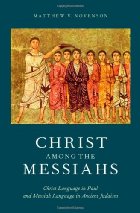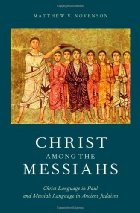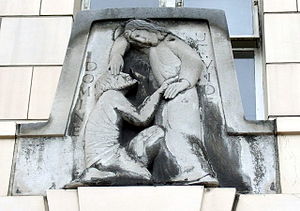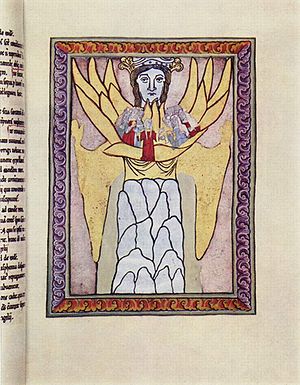
The Structure of Scientific Revolutions
It might surprise some people to know that, even several years after Darwin and Wallace made public their independent discoveries and insights regarding natural selection, the vast majority of Lamarckians were not persuaded. Similarly, some die-hard Steady-State proponents never embraced the Big Bang. Fred Hoyle was promoting variations of his Steady State theory, publishing papers as late as 1993. Even in the “hard” sciences it often takes a new generation to come of age before the paradigm can shift.
More often than you might expect, progress requires this combination — the old guard dying off and new scholars coming of age, cutting their teeth on promising new research — for new ideas to take hold. And take note, I’m not talking about ideas that form the basis of our self-identity, our place in the universe, or our salvation. It’s simply human nature to hold on to ideas that have worked well for us, especially if we’ve held them for decades. Consider, then, how difficult it would be to change your mind if it meant the difference between eternal bliss and rotting in a hole in the dirt until you’re dust.
The limited utility of scholarly consensus
Scholarly consensus in any field has somewhat limited usefulness. It tells us what most people think within a given field at a given time, but does it really give us an insight on fundamental, universal truths? Probably not, but it at least gives us a starting point.
A little over seven years ago Mark Goodacre at his NT Blog asked, “What is consensus?” Tied up in that question, of course, are related questions pertaining to how we determine consensus, what is its value, whom do we ask, and so on. By all means, if you haven’t read it, you should, and while you’re at it, you should check out his follow-up post, “Less of a consensus on consensus.” It’s unfortunate that some of the links Dr. Goodacre refers to are no longer available. At the bottom of this post, I’ll provide a list of alternate links made possible by the Internet Wayback Machine.
In Dr. Michael Pahl’s original post (see Wayback link below), he asked four probing questions:
Continue reading “Scholarly Consensus in Biblical Studies — Does It Mean Anything?”









